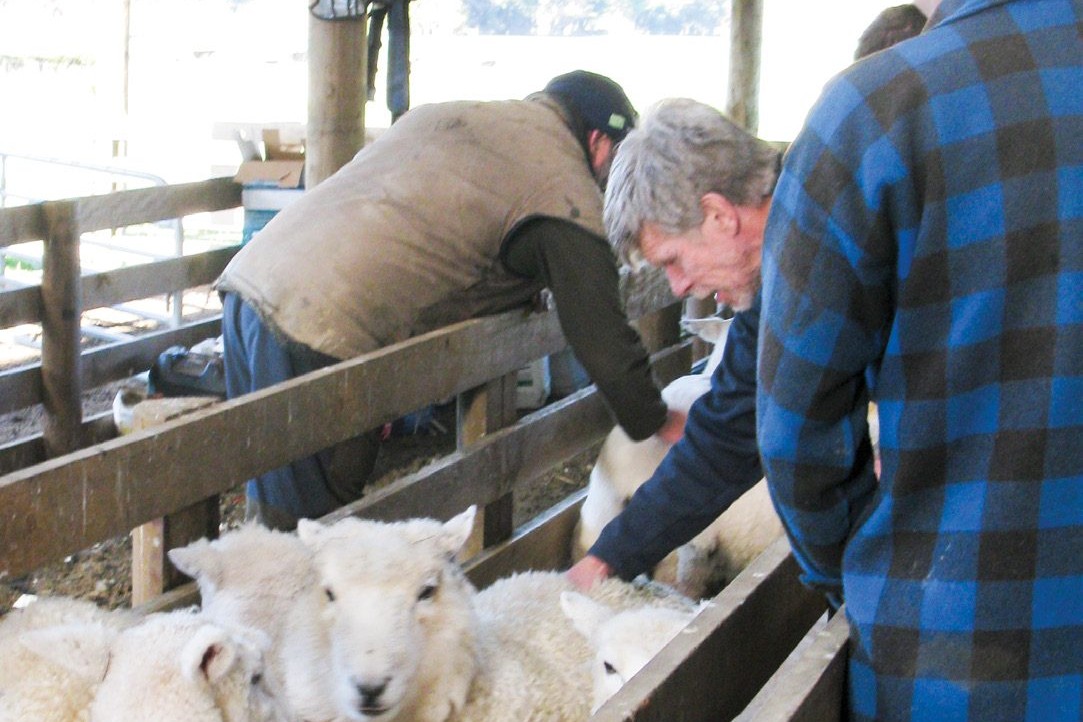Changes ahead for a vet
Vet Trevor Cook takes a look ahead to see what changes to farming might do to his business.

Vet Trevor Cook takes a look ahead to see what changes to farming might do to his business.
Earlier this month I spent a day in my business looking at what 2032 would look like and what, if anything , we should do to be viable then. Would we need to be doing new things or would it be more doing what we do now but differently.
There is no correct conclusion but nevertheless some strong signals suggest business as usual is not an option. The rate we are losing farms to trees for a start is likely to continue so reducing animals to service is real.
Dairy farms converting to bull farms is underway and also likely to continue which has a much lower demand for veterinary services. If the worst outcome from decreasing methane happens, lowered stocking rates, then just as for trees, fewer animals to service. But what would happen if lamb meat became a very highly valued product and was selling from the farm for $300, the need to or the return on supporting very productive sheep could increase the need for service.
It was a very exciting day but hardly one that came up with a host of actions that would protect us.
Doing this exercise for farming businesses usually does not go beyond five years and most often captures new polices and their installation over that time. I use a budget template that extends for five years and another that tracks the impact of debt reduction and increased profit over a 10-year time frame.
The capital position at the end can be dramatic enough to trigger change. But seldom does such navel gazing for farming business look at a changing environment. At some stage soon though we are going to have to do this. Even just for managing increased costs which are unlikely to reduce. A 30% increase in fertiliser costs is huge and really puts the pressure on to produce as much as possible from each kilogram of pasture grown.
The cost of animal health inputs has not changed much for many years. Of the big three inputs, vaccines are relatively standard and little changes from year to year, just a gradual increase.
They made their big jump a few years ago. From time to time I see vaccines being used unnecessarily, but equally I see under-use of vaccines. The effect of over or under use is usually not visible which means the underuse is covering something that is not a challenge.
Not the same can be said about trace element supplementation. Underuse and overuse is widespread. Because there is a subclinical component to any trace element deficiency the need or otherwise cannot be based on what is observed.
A 5% to 10% drop in liveweight gain in yearling cattle with low copper is not observed unless good weight gain monitoring is in place. But that level of loss can be caused by many other factors and it being attributed to low copper is unlikely to happen. A monitoring programme must sit alongside any trace element supplementation programme.
The interesting one is worm drench where there is intense competition which has kept a real lid on prices. Generics kept the pressure on prices and it is only the so-called new families that remain high. There is no competition for these other than between the two. Such level of competition does not occur with any other animal health products. To some extent this low price for drench has contributed to the demise of their effectiveness.
The standard drivers of profit never change. Producing as much as possible and getting paid as much as possible make up one side. The costs of production make up the other. We have varying influence over all of these components and this is most apparent in those successful farming businesses that have very consistent profit. To me that says that they have a lot of control over what they do and leave less to outside influences.
Unexpected costs can really upset any level of control. The big rain of early December in my region did so much damage to fences and tracks. Money just has to be spent to allow farms to continue to be functional. That same rain swamped houses on the town boundary that sit at the base of my hill paddocks. Somehow their owners thought I was responsible for water running downhill. It has taken all of my willpower to show some empathy knowing full well that I will not be spending anything on it. That rural/suburban divide comes in various forms.




